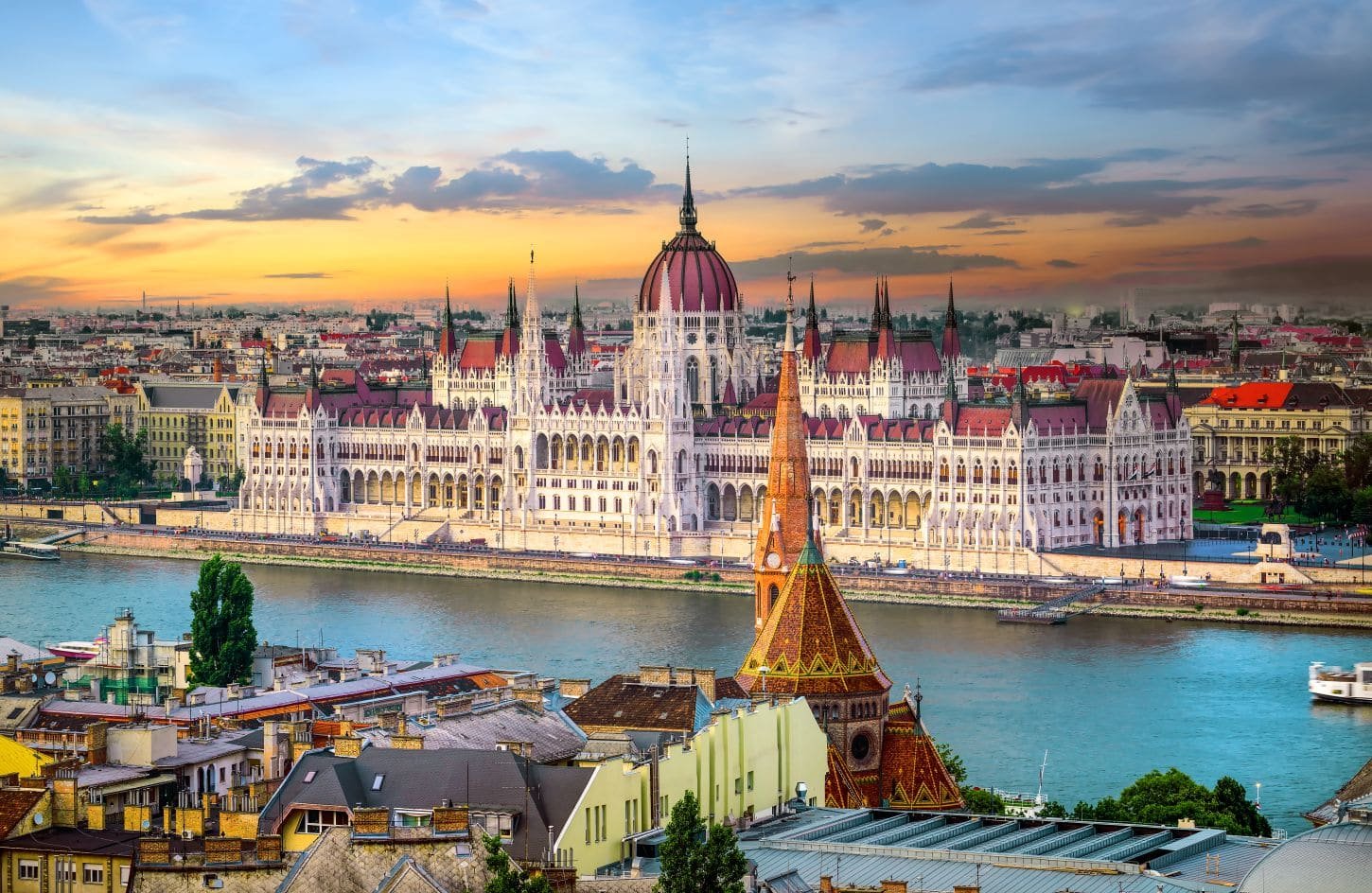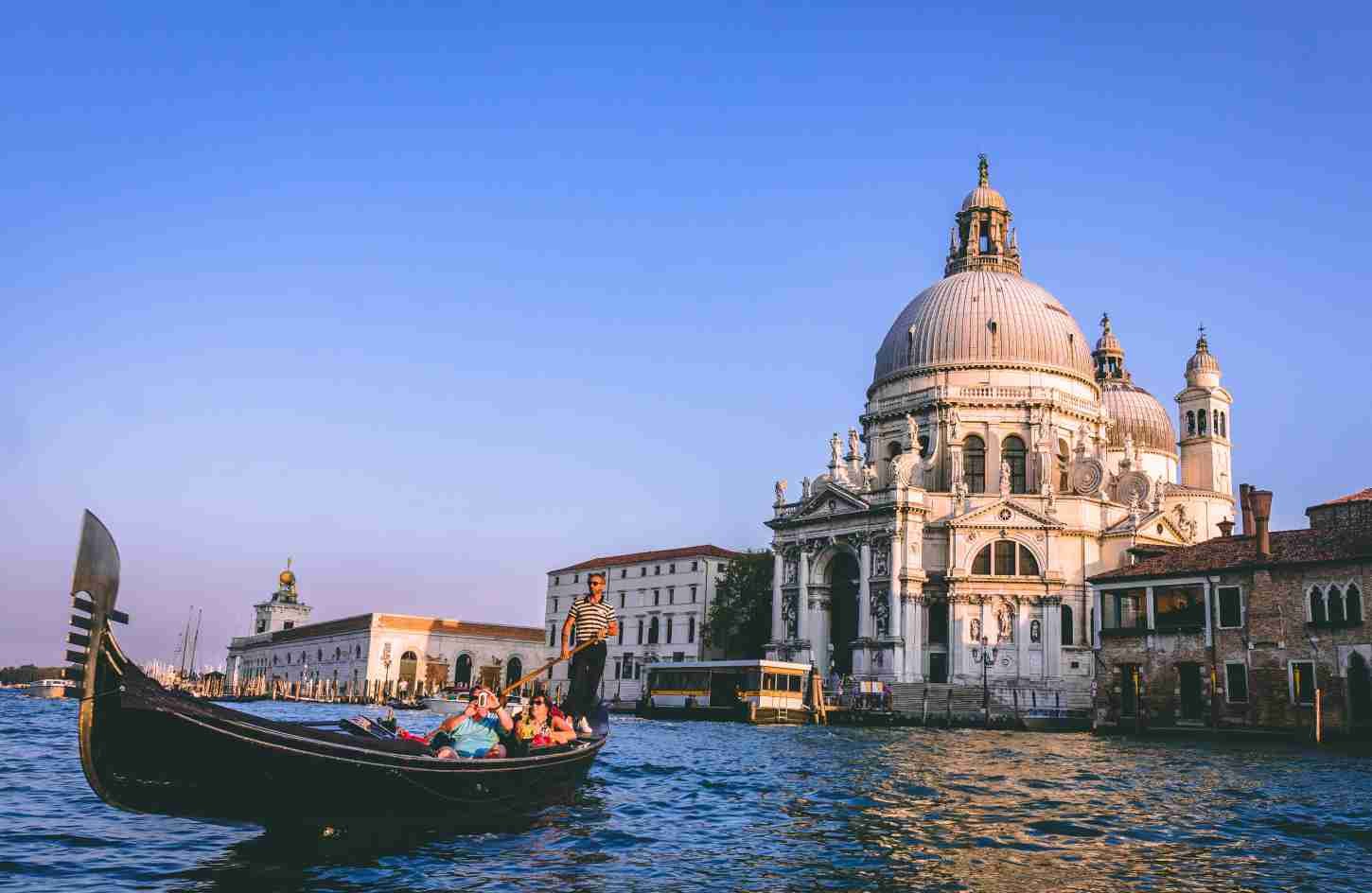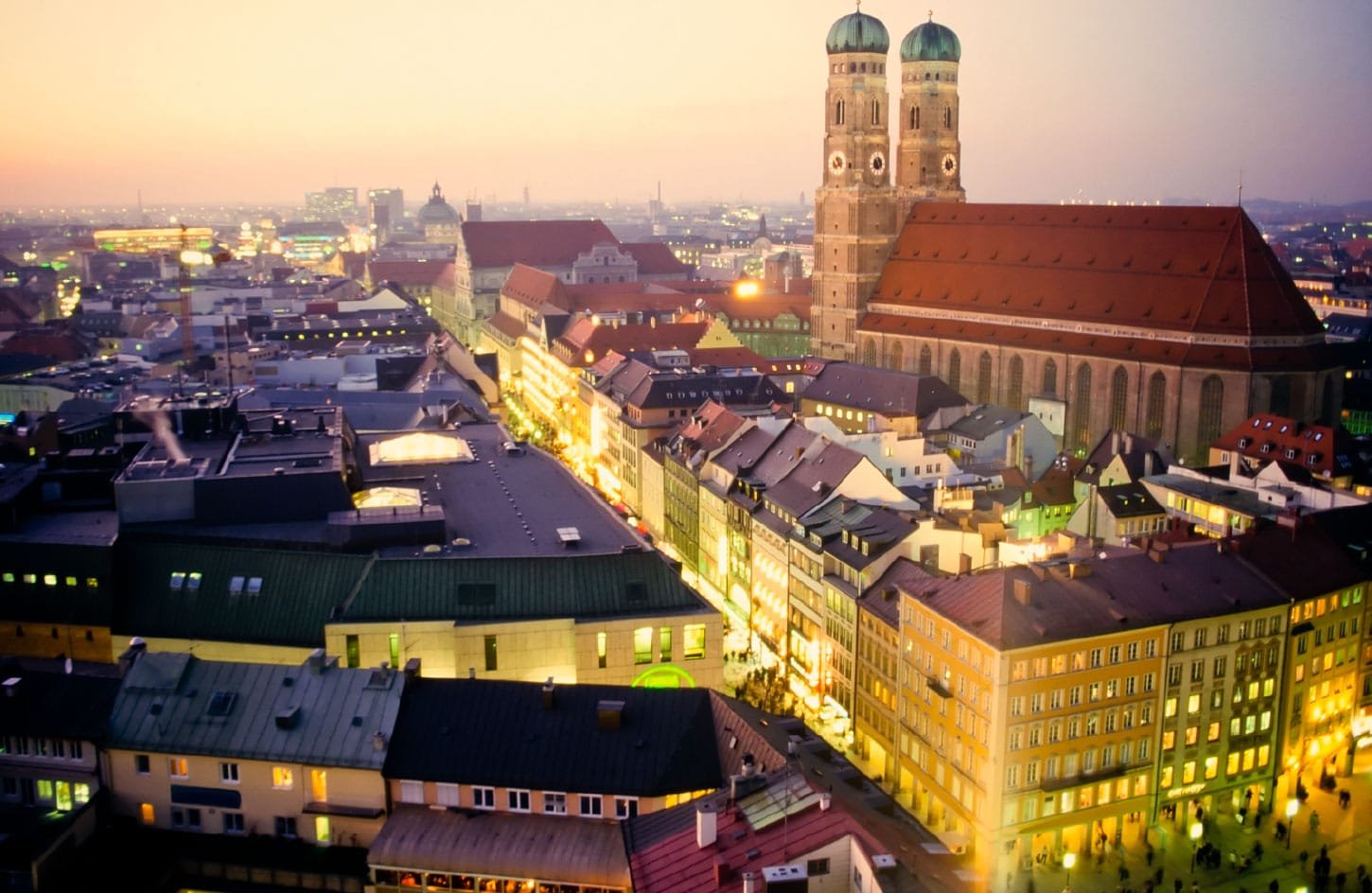Italy from India promises an unforgettable journey through a tapestry of culture and history. From the iconic Colosseum to the serene canals of Venice, Italy beckons travelers with its architectural wonders and rich heritage. Yet, amidst the excitement of planning your Italian escapade, one crucial query often arises: Do Indian citizens require a visa to delve into this enchanting realm? In this detailed guide, we unravel the complexities surrounding this question and equip you with all the essentials for orchestrating your perfect Italian getaway.
Do Indian Citizens Need a Visa for Italy?
Indeed, Indian citizens typically require a visa to explore Italy for tourism, business, or other non-immigrant purposes. As part of the Schengen Area, encompassing 26 European nations, Italy beckons travelers with its borderless expanse. To traverse this enchanting realm, Indian citizens must secure a Schengen visa, granting access to Italy and its neighboring Schengen countries for up to 90 days within a 180-day period, embracing pursuits ranging from leisure to familial reunions.
Applying for a Schengen visa mandates Indian citizens to navigate through the Italian consulate or embassy in India or authorized visa application centers. This process entails assembling an array of documents, including a valid passport, travel itinerary, proof of accommodation, financial statements, travel insurance, and a completed visa application form, alongside remitting the requisite visa fee. It’s imperative for Indian travelers to remain abreast of the latest visa prerequisites and protocols, ensuring compliance with the nuances dictated by factors like travel intent, duration, and individual circumstances. Initiating the visa application well in advance of the intended departure date facilitates seamless processing, fostering a stress-free journey.
Italy’s Architectural Marvels: A Glimpse into Timeless Grandeur
Italy stands as a testament to architectural prowess, boasting a mosaic of historical splendor and cultural resonance. Let us embark on a voyage through some of Italy’s most renowned architectural treasures:
- The Colosseum (Colosseo): Nestled in the heart of Rome, the Colosseum stands as an emblem of ancient Roman ingenuity, accommodating up to 80,000 spectators in its colossal amphitheater.
- The Pantheon: Revered for its majestic dome, the Pantheon in Rome transcends time, initially conceived as a temple to honor all gods before evolving into a Christian sanctuary.
- Florence Cathedral (Duomo): Adorned with Filippo Brunelleschi’s iconic dome, the Cathedral of Santa Maria del Fiore in Florence epitomizes Renaissance grandeur.
- Leaning Tower of Pisa: A global icon, the Leaning Tower of Pisa captivates with its unintended tilt, serving as the campanile of the Cathedral of Pisa.
- Venice: A labyrinth of canals and palaces, Venice enchants with architectural wonders like St. Mark’s Basilica, adorned with Byzantine marvels and intricate mosaics.
- Vatican City: Within the confines of Rome lies Vatican City, home to architectural treasures such as St. Peter’s Basilica, a pinnacle of Renaissance magnificence.
- Palazzo Vecchio: Reigning over Florence, this medieval marvel serves as a testament to Renaissance civic architecture, adorned with captivating frescoes and ornate embellishments.
- Siena Cathedral (Duomo di Siena): Nestled in Siena, this medieval cathedral mesmerizes with its distinctive black and white marble façade and exquisite interior artworks.
These architectural marvels merely scratch the surface of Italy’s boundless heritage, inviting travelers to immerse themselves in a tapestry of historical opulence and artistic brilliance.
Discovering Duomo di Milano: A Gothic Gem in Milan
As you venture through Italy, the Duomo di Milano emerges as a Gothic masterpiece, heralding Milan’s status as a bastion of fashion and finance:
- Architecture: Dating back to 1386, the cathedral showcases Gothic grandeur fused with diverse architectural elements, exemplifying centuries of meticulous craftsmanship.
- Design: Adorned with intricate spires and marble reliefs, the cathedral’s façade exudes a pinkish hue, crafted from Candoglia marble quarried from the nearby Alps.
- Dimensions: Encompassing 12,000 square meters, the Duomo accommodates multitudes within its voluminous expanse, standing as one of the world’s largest cathedrals.
- Interior: Within its hallowed halls, visitors are greeted by a profusion of sculptures, altars, and stained glass windows, including Marco d’Agrate’s famed statue of Saint Bartholomew.
- Roof: Ascend to the rooftop terrace to behold panoramic vistas of Milan, traversing a forest of spires and statues that adorn the cathedral’s summit.
- History and Significance: Enduring over six centuries, the Milan Cathedral serves not only as a religious sanctuary but as a symbol of Milanese resilience and artistic ingenuity.
The Duomo di Milano stands as a testament to Italy’s architectural legacy, inviting travelers to embark on a journey through time within its hallowed halls.
St. Mark’s Basilica: A Glimpse into Venetian Splendor
Nestled in the heart of Venice lies St. Mark’s Basilica, an architectural gem steeped in Byzantine opulence and Venetian grandeur:
- Location: Dominating St. Mark’s Square, the basilica beckons with its ornate façade and timeless allure.
- Architecture: A fusion of Byzantine, Gothic, and Renaissance styles, the basilica captivates with its intricate marble mosaics and domes.
- Interior: Within its sacred confines, visitors are ensconced in a realm of golden mosaics, depicting biblical tales and celestial wonders.
- Treasures: Home to the Pala d’Oro and relics of St. Mark, the basilica preserves a trove of artistic and religious treasures.
- History: With origins tracing back to the 9th century, St. Mark’s Basilica stands as a testament to Venetian resilience and cultural synthesis.
Embark on a sojourn through St. Mark’s Basilica to bask in the splendor of Venetian heritage and architectural prowess.










